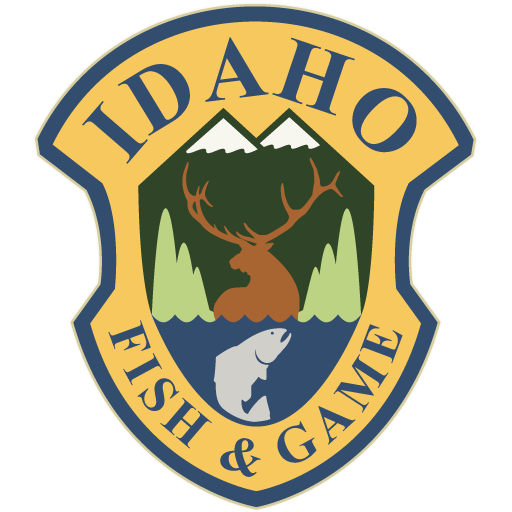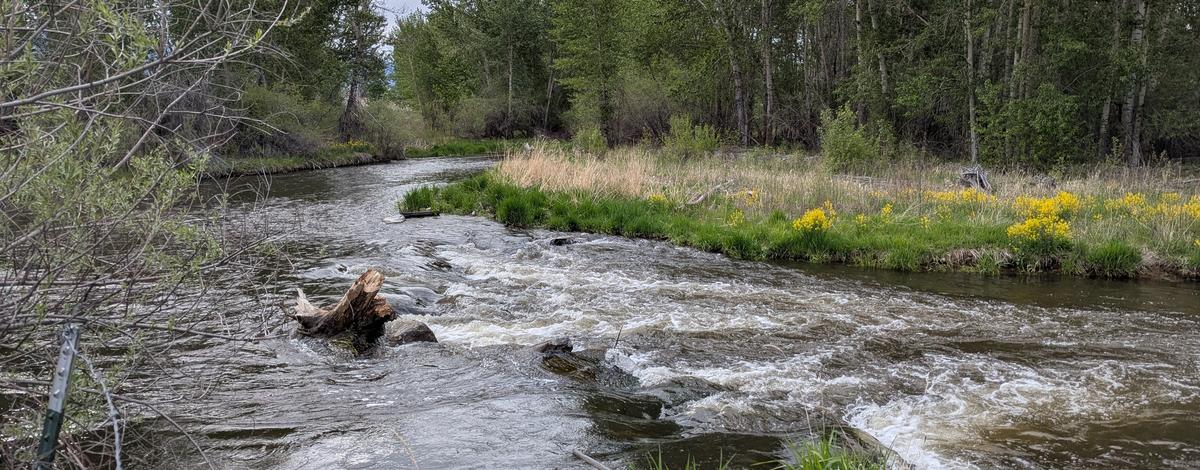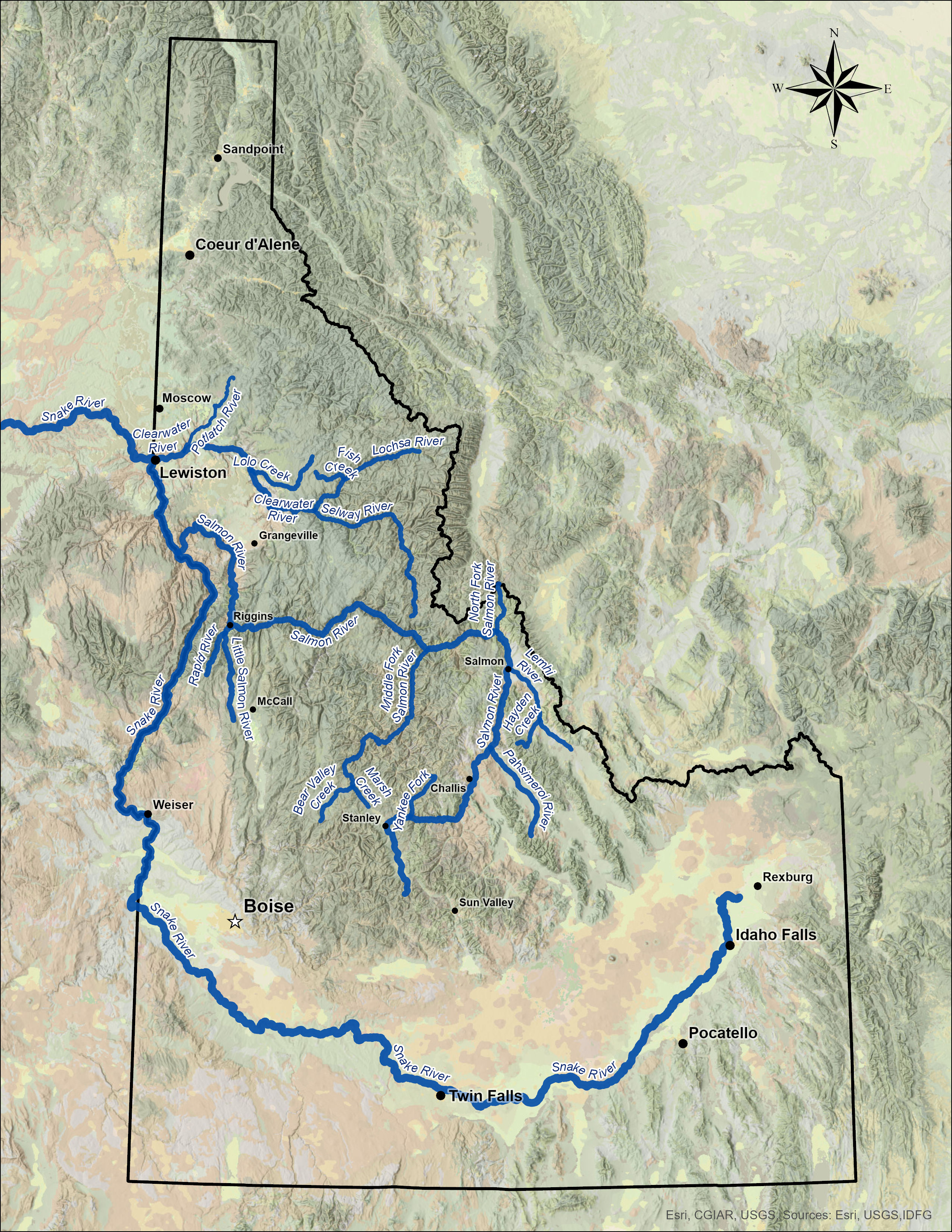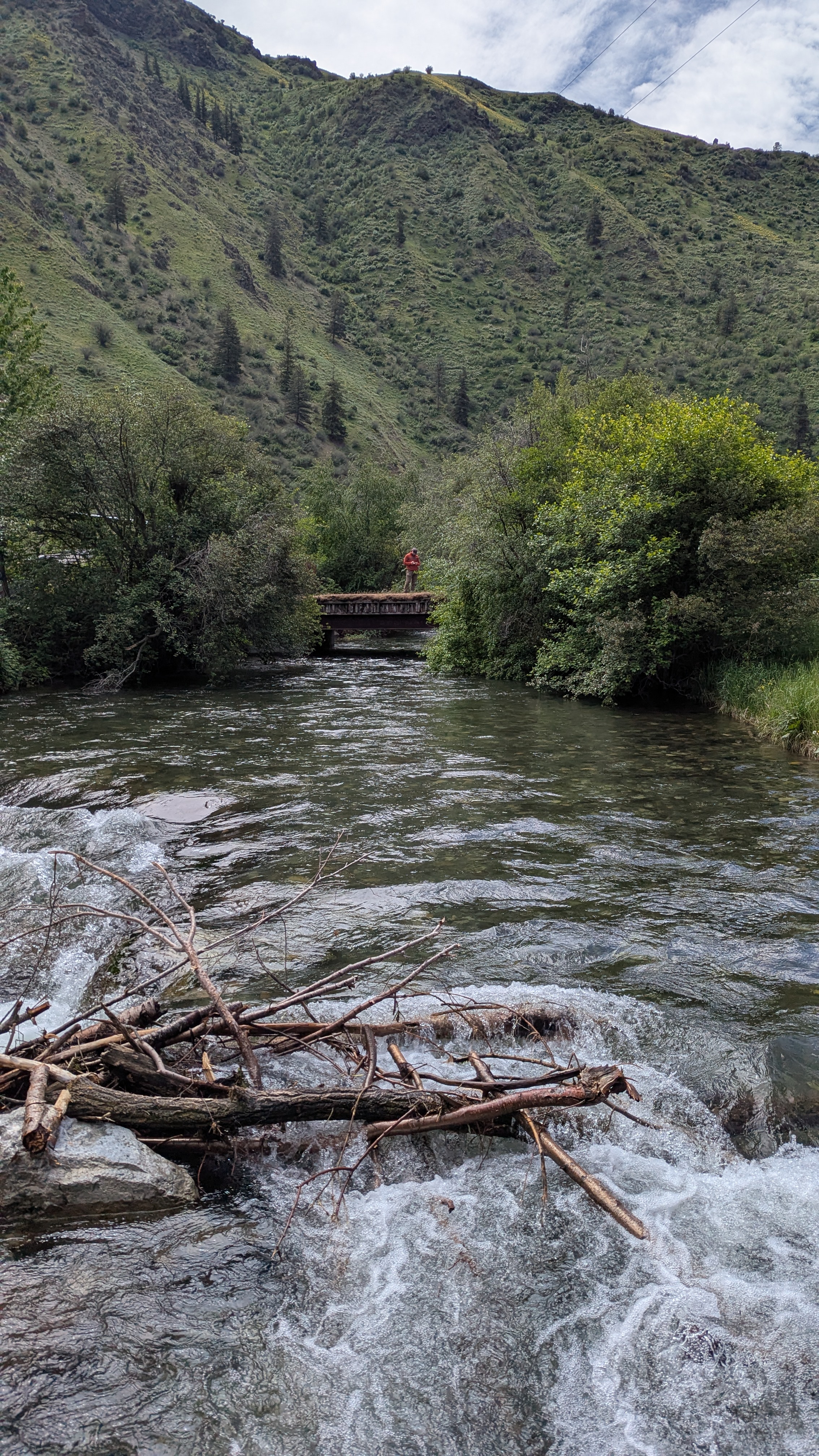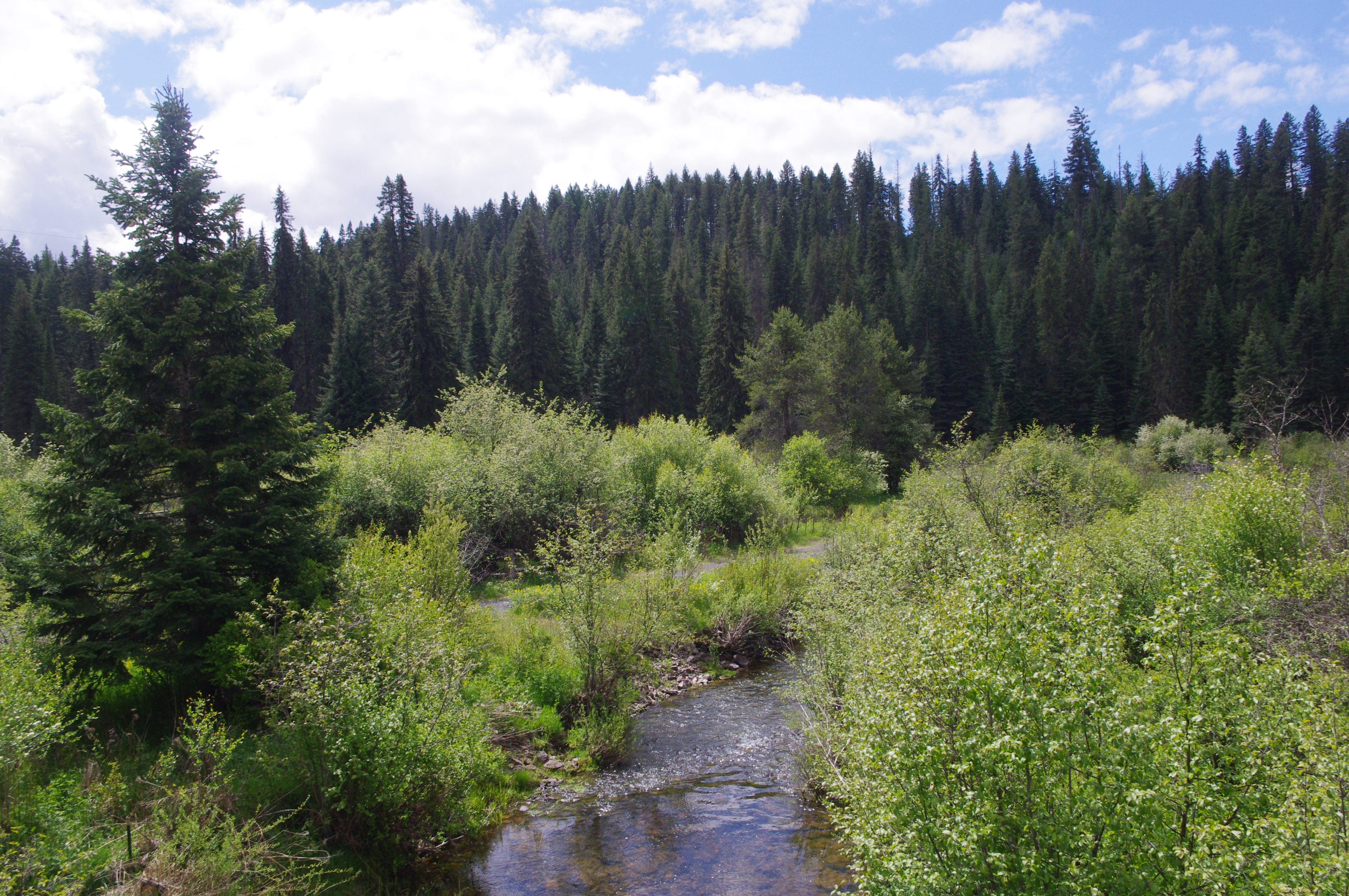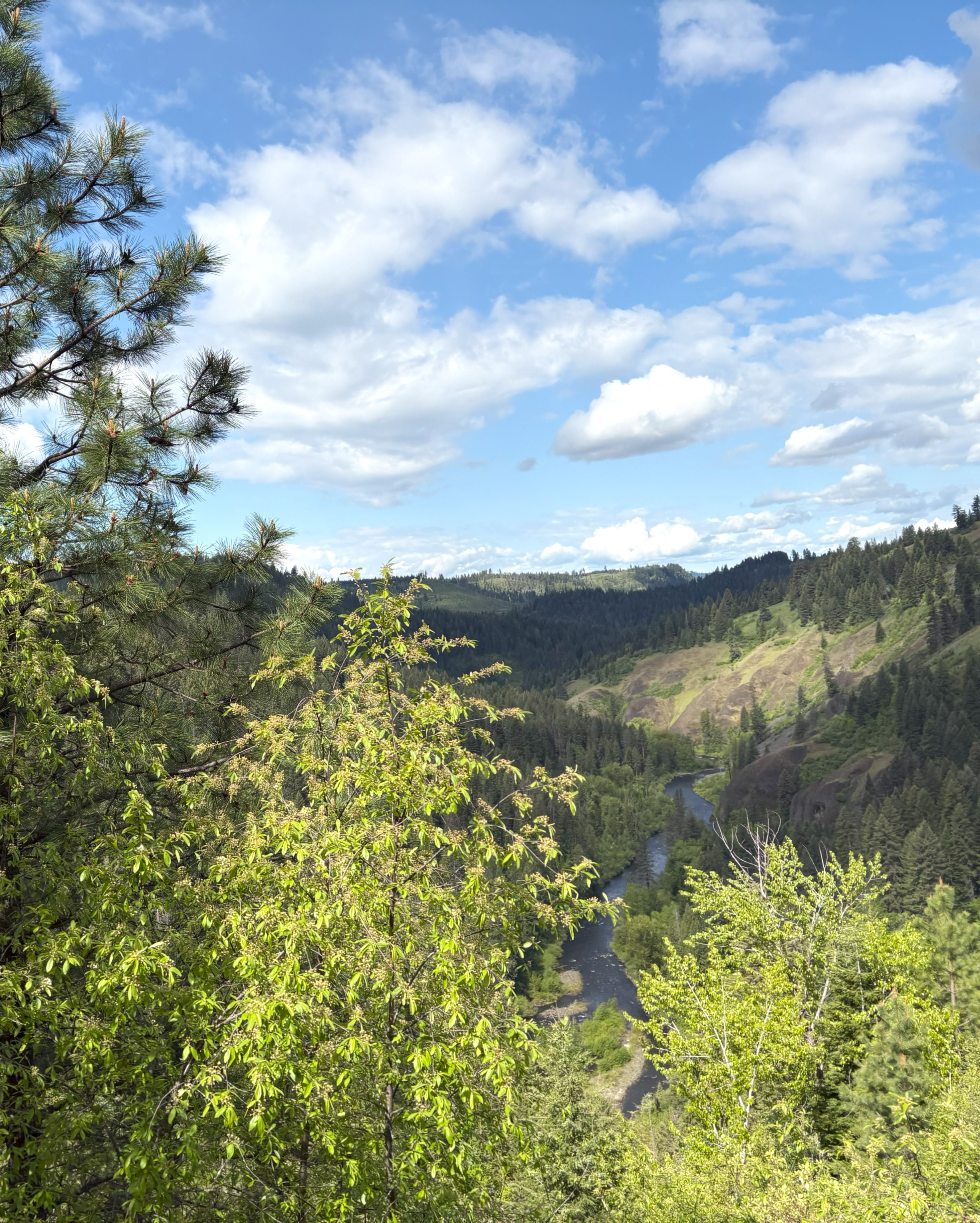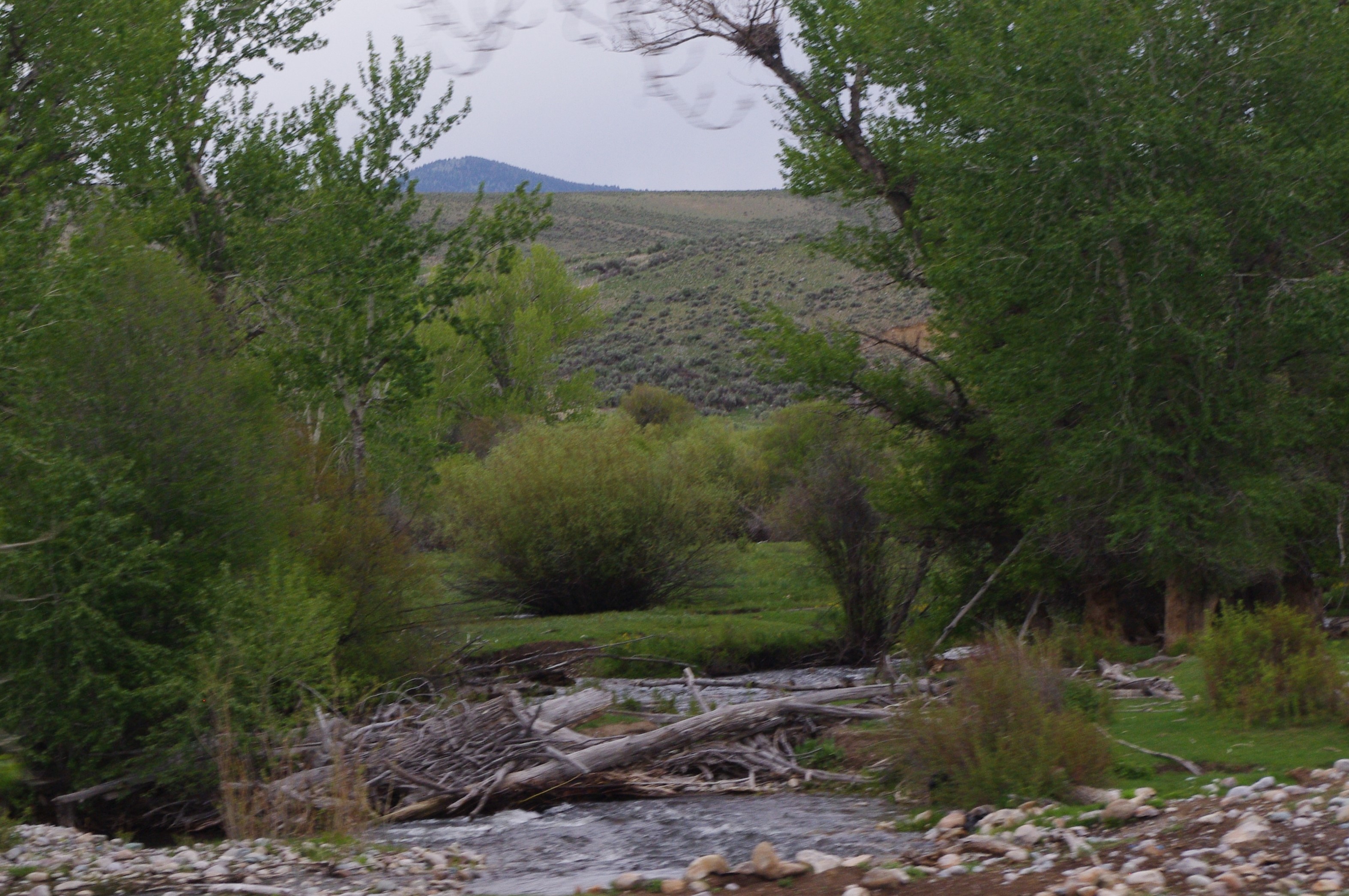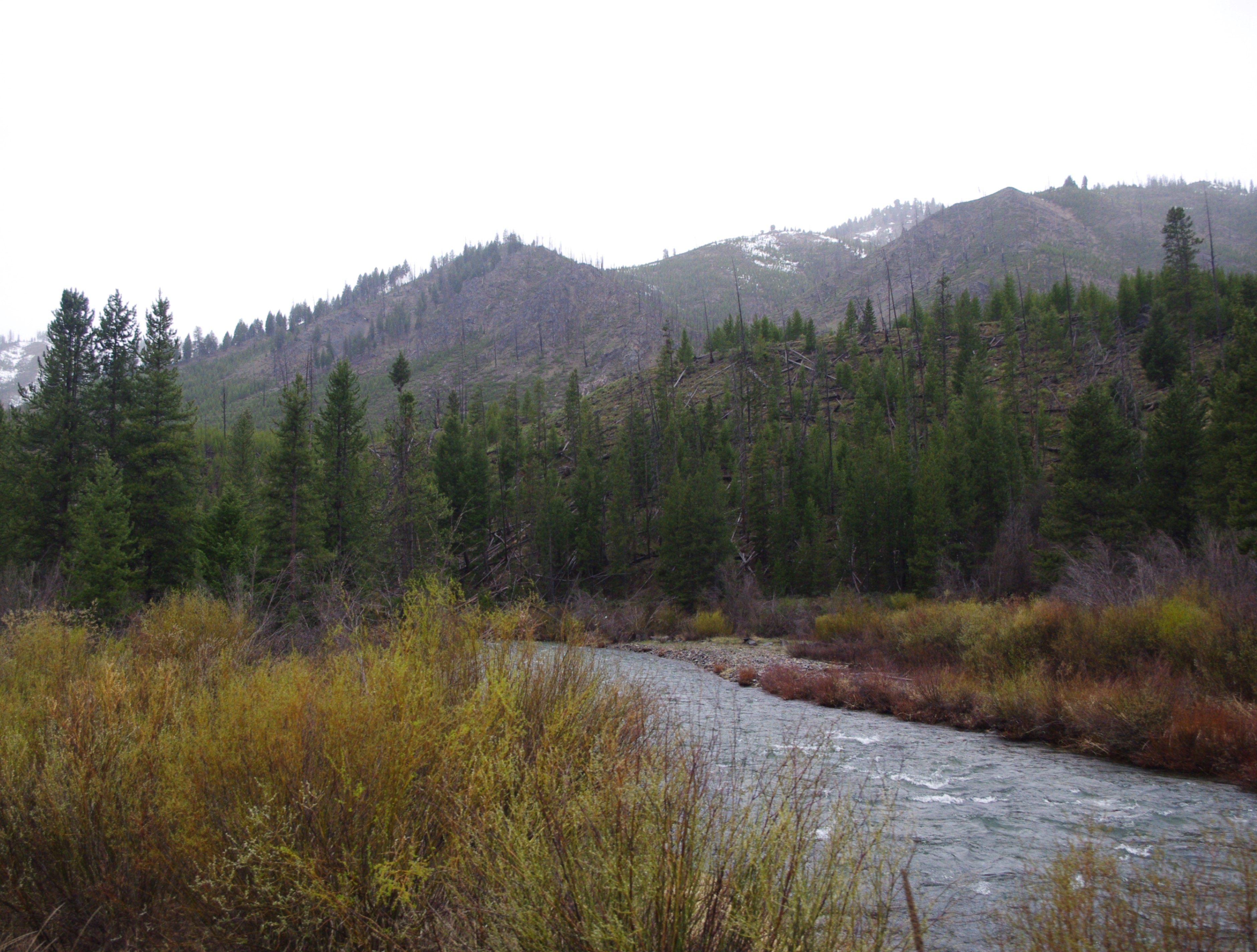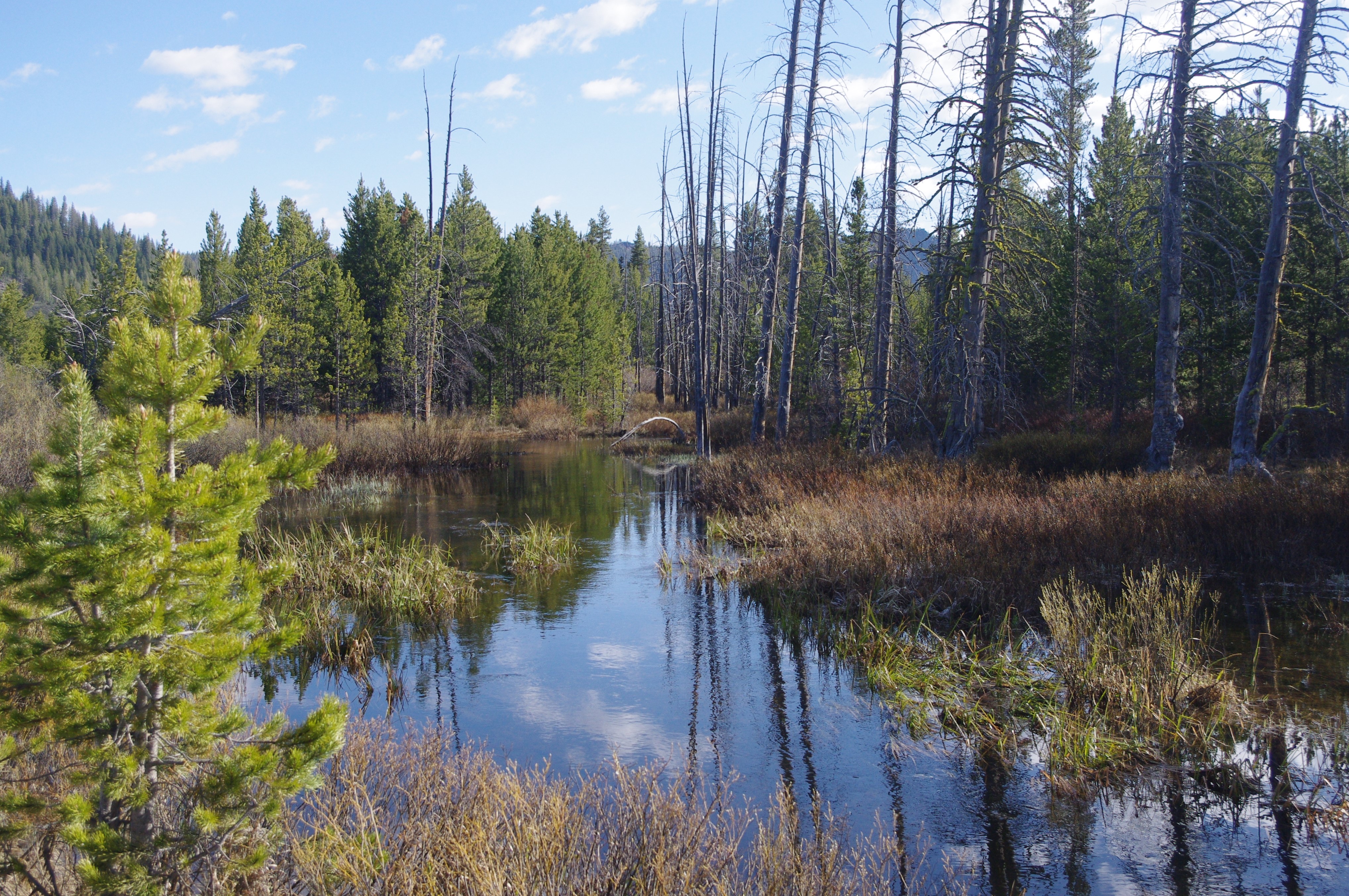To get there, you have to turn off the pavement and go up a little gravel road. No, I mean way up, past where the gravel turns to dirt, past where the road signs and the mailboxes stop. To get to where the fish are, you have to go OUT.
Every summer the Idaho Department of Fish and Game biologist and field technicians take to the wild lands in search of fish. Most of them are target game species like salmon and trout. Many of these are threatened or endangered. All are slimy and scaled and beloved to both fish managers and the people who fish for them throughout the state of Idaho.
Salmon streams may be found high or low, forested or agricultural, thin and fast, or slow, deep and wide. These are just a few.
